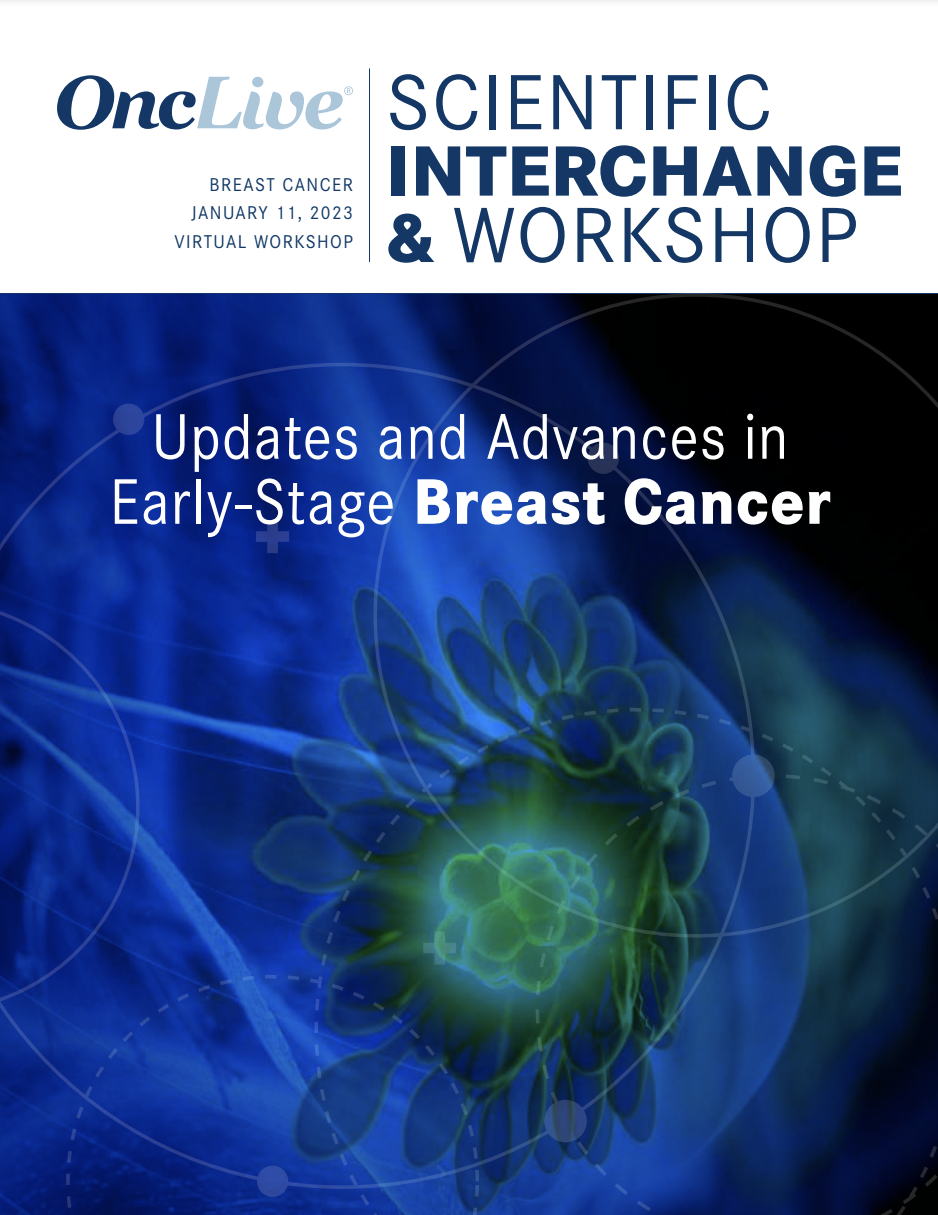Commentary
Video
Supplements and Featured Publications
Dr Girard on De Novo and Acquired Resistance Alterations in HER2-Altered NSCLC
Author(s):
Nicolas Girard, MD, discusses both de novo and acquired resistance alterations in HER2-altered non–small cell lung cancer.
“We know that HER2 may be activated after exposure to a TKI, especially in patients with common EGFR mutations. A patient [can] develop a kind of acquired resistance related to the proliferation of cancer cells with HER2 amplification or HER2 pathway activation.”
Nicolas Girard, MD, professor, respiratory medicine, Versailles Saint Quentin University; head, Curie-Montsouris Thorax Institute, chair, Medical Oncology Department, Institut Curie, discusses de novo vs acquired resistance alterations in HER2-positive non–small cell lung cancer (NSCLC).
In HER2-positive NSCLC, alterations can be broadly categorized as either de novo mutations or acquired resistance mutations, Girard begins. De novo mutations refer to initial alterations present from the onset of disease, whereas resistance mutations often arise following treatment exposure, particularly in patients with EGFR mutations who undergo TKI therapy, he explains. In these cases, resistance develops through mechanisms such as HER2 amplification or activation within the HER2 pathway, which ultimately facilitates the proliferation of resistant cancer cells, according to Girard. This phenomenon contrasts with the treatment of patients who present with de novo HER2 alterations, he reports, adding that for those patients, initiating HER2-targeted therapy at diagnosis is the primary objective.
In NSCLC, de novo HER2 mutations occur in approximately 2% to 3% of patients. However, accurate mutation detection requires next-generation sequencing (NGS), as PCR-based assays carry a significant risk of overlooking some of these alterations, he continues. NGS technology offers a more comprehensive analysis of HER2 mutations by enabling the identification of multiple alteration types, such as HER2 amplification, which may require RNA-based NGS or fluorescence in situ hybridization (FISH), Girard explains. Additionally, it is essential to examine HER2 expression levels in these tumors, he says. HER2 expression may co-occur with mutations or amplifications; however, it can also exist independently from these alterations, he notes. Therefore, when evaluating HER2 status in patients with NSCLC, it is crucial to understand the methods used to assess HER2 alterations, as each diagnostic approach—whether PCR, RNA-based NGS, or FISH—provides distinct insights, Girard concludes.










